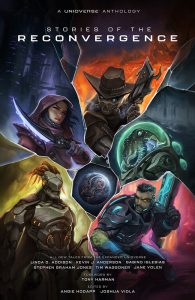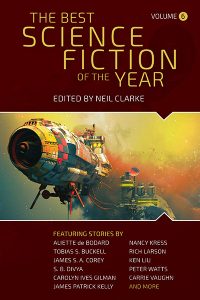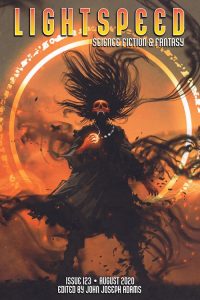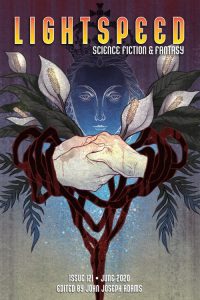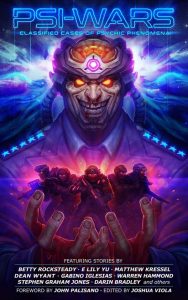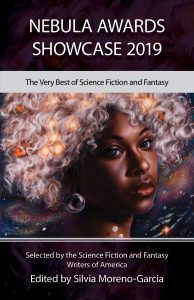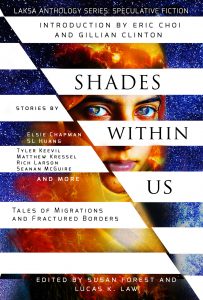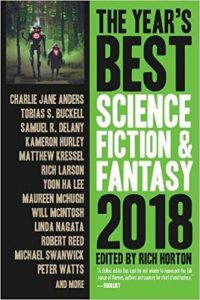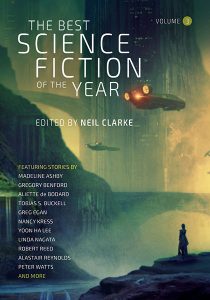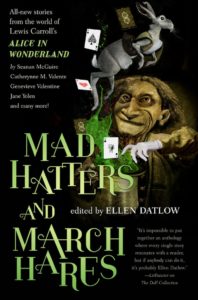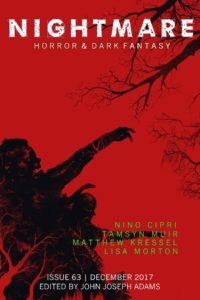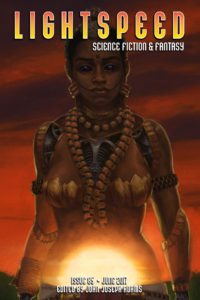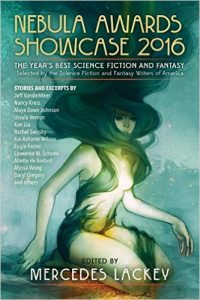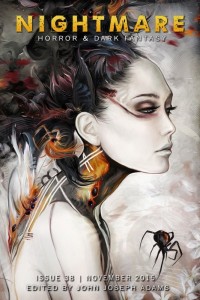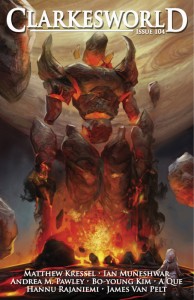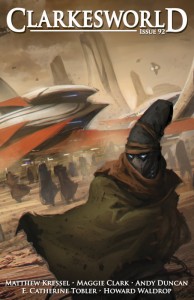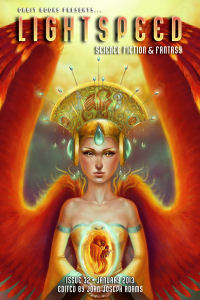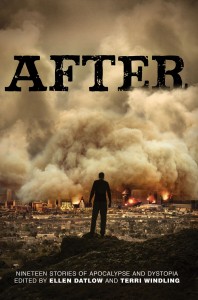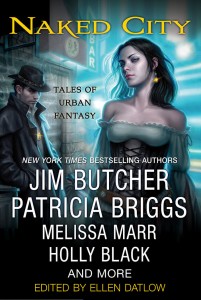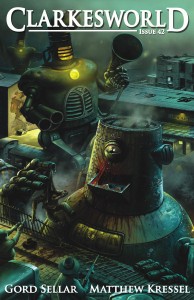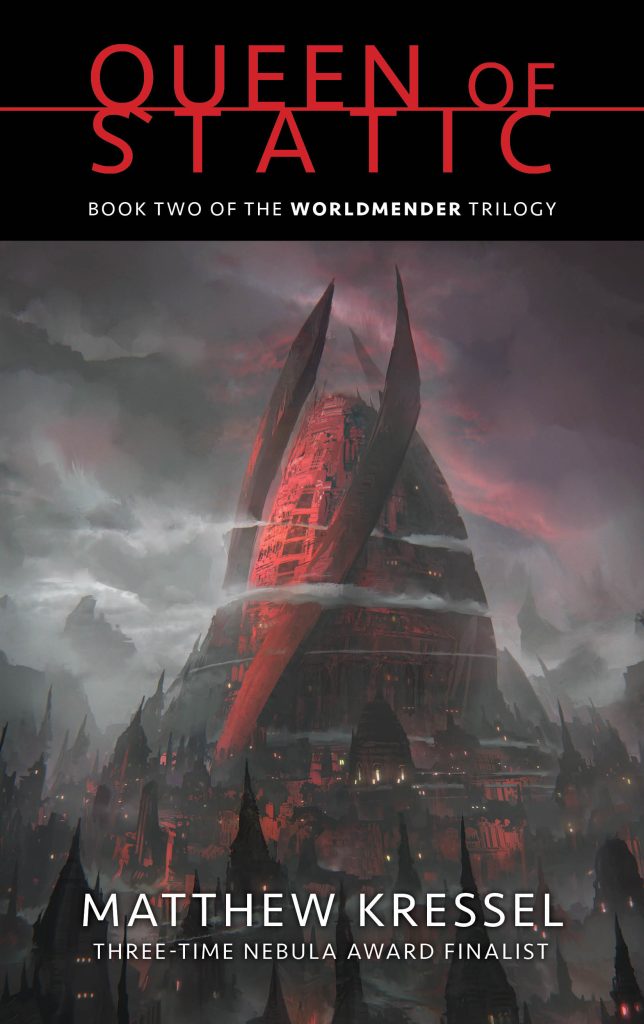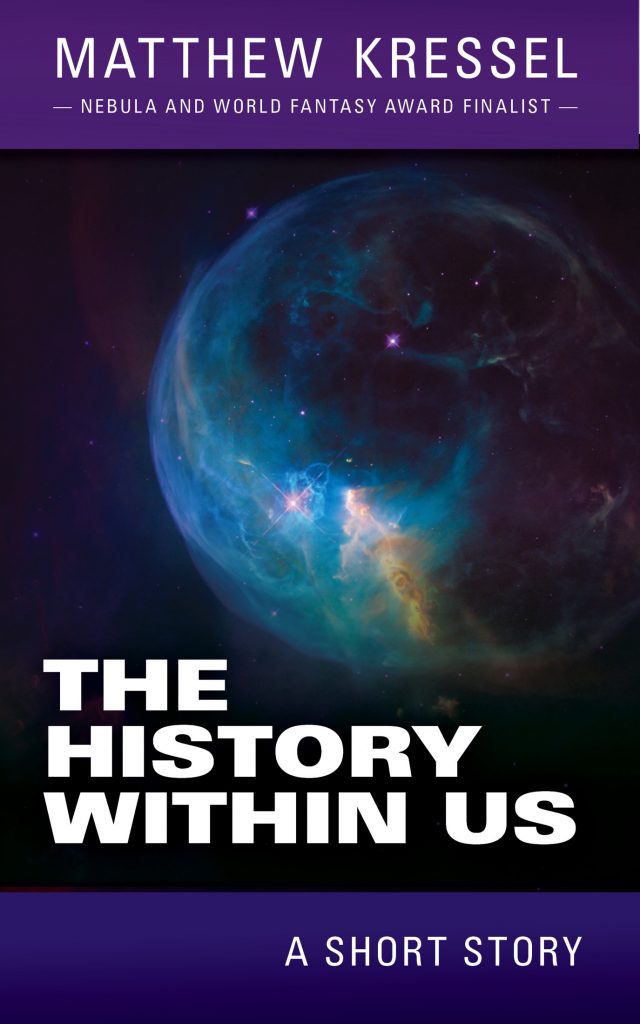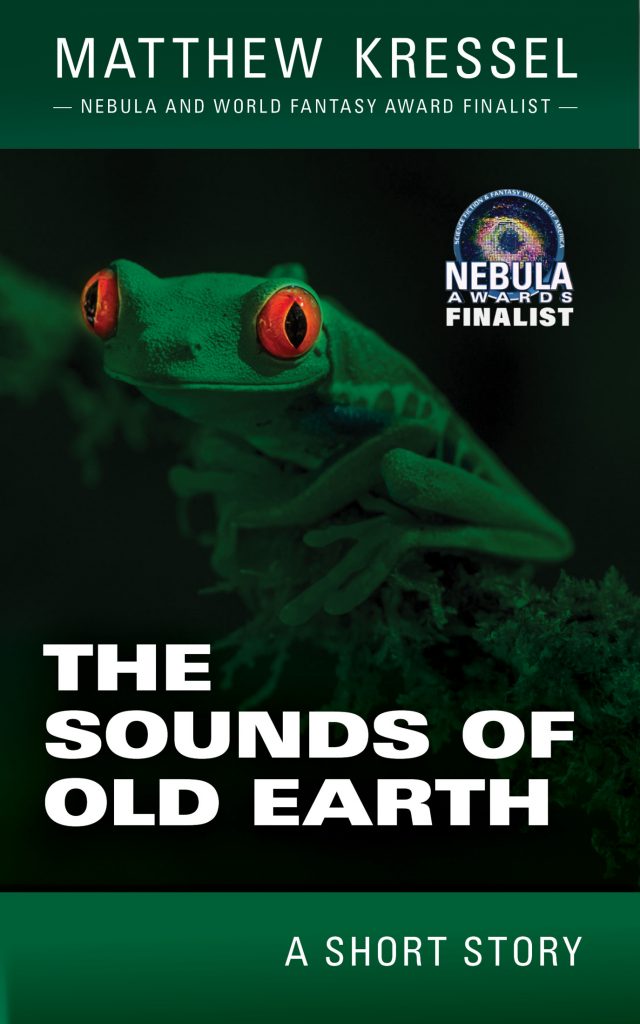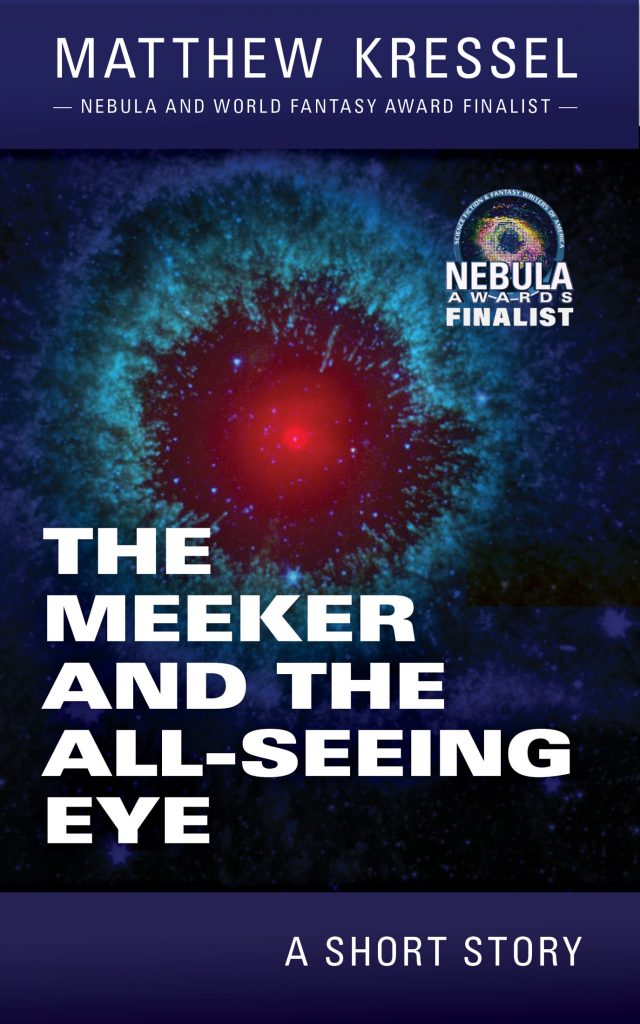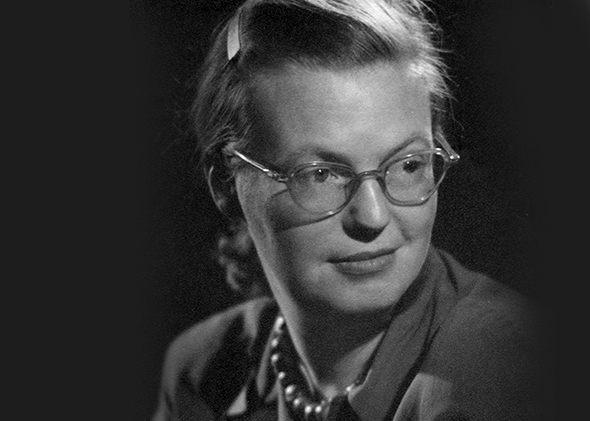
Shirley Jackson
I’ve been reading Shirley Jackson’s short fiction. I had read her novels The Haunting of Hill House and We Have Always Lived in the Castle (the latter being one of my favorite novels of understated horror), and I’ve enjoyed both books immensely. And I had read her famous short story “The Lottery” of course many times. What I noticed in her fiction, especially in her short work, is a deceptive simplicity. Her prose style is plain. Occasionally this plain style rises to unusually great heights, but for the most part, her sentences are not doing loop-d’-loops and verbal pyrotechnics. Reading her work on a superficial level, one might think her stories are bland. But under the surface of her stories oftentimes reveal the horrific elements of basic life. A woman who cannot find the man who promised to marry her no matter where she looks. Another woman (almost all of her stories feature female protagonists) who gets a call from a neighbor that her family dog has been “at the chickens” and must be put down. Most of her short works are not even what we might consider stories, at least those of us who write genre fiction. There is no middle, beginning, or end. Instead, we are given a brief window into someone’s life. Usually it’s in suburbia (I believe a lot of modern fiction, especially TV shows, which focus on the sinister aspects of suburbia owe their origin to Jackson’s work). And here’s the thing that Shirley Jackson excels at: mood. She is adept and conveying to the reader a particular emotion. I learned this especially well in The Haunting of Hill House. I found she was a master at this in We Have Always Lived in the Castle.
Not all of her short stories worked for me, but the ones that did showed me that there are techniques a writer can use to evoke mood. You don’t need fancy prose. You don’t need 10,000 words or even 3,000. You don’t even need a plot. Mostly what I notice is that characters, usually women, are placed in rapidly deteriorating situations and no one else sees this as a problem. These women are isolated, alone, left to wonder if their interpretation of events is paranoia (or “hysteria” to use the old misogynistic term). Jackson is connecting the reader to what it was like to be a woman in mid-20th century American suburbia, to have your sense of self repeatedly negated by your “peers” and your community. You are not a person, you are an object. This is the understated horror: you are not worthy of having an opinion; nothing you do matters.
I’m studying her work because I can see in her many short stories (and some of them are really short) an author experimenting in ways to convey mood to the reader. I have written some fantastic stories and I have written some clunkers, and what I’ve found is that I often begin with what I think is a simple premise which turns up being much more complex than I envisioned. What I initially think will be a 3,000 word story ends up ballooning into 8 or 9,000 words. Then I pare it down again, losing some of the depth I hoped to convey. Well, I think that no matter how far you go, or how far you’ve come, there is always room to learn. And I hope that by studying Shirley Jackson’s works I can further refine my own storytelling techniques.
So what about you? Do you study authors’ works to see how they’ve crafted something?
